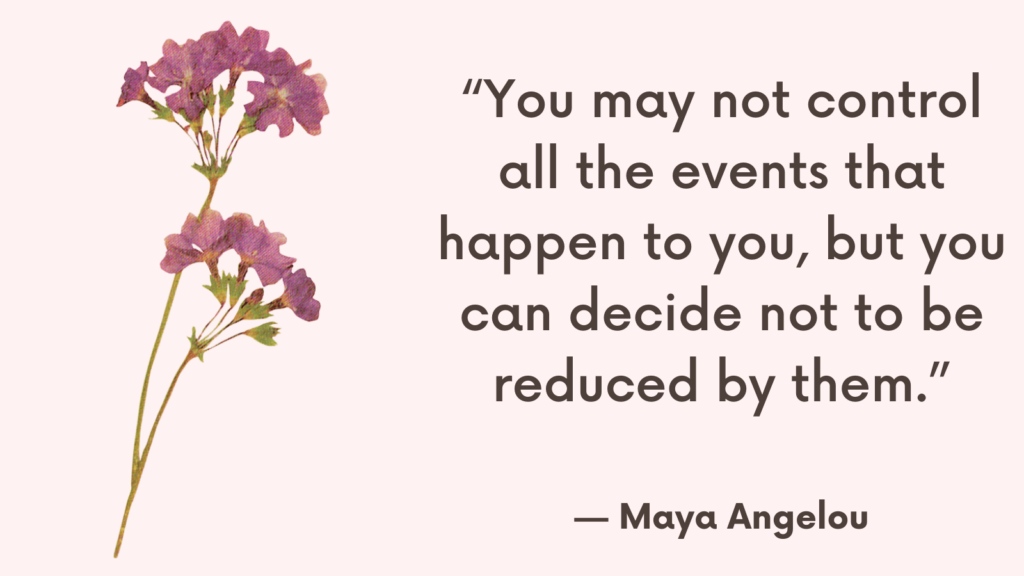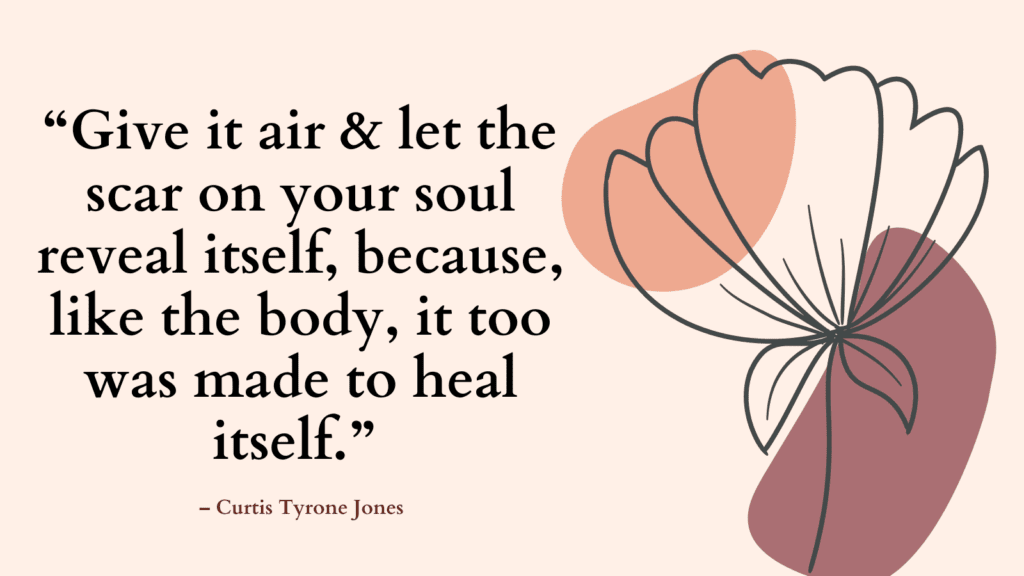Anxiety in children is a common and challenging issue for many parents.
Whether your child struggles to go to school, experiences physical symptoms like stomachaches or headaches, or shows emotional distress through fits and clinging behaviors, it can be heartbreaking to watch them suffer.
As a parent, you naturally want to help them feel better, and this guide aims to provide you with a comprehensive approach to doing just that.
Understanding the Root of Anxiety
First and foremost, it’s important to understand that your child’s anxiety is not your fault.
Various factors, including genetics, personality, and environmental influences, contribute to anxiety.
While you may feel responsible, it’s crucial to recognize that you have the power to help your child manage their anxiety effectively.
Related: How Addiction Affects Children: Top 8 Consequences
What Childhood Anxiety Looks Like (It’s Not Always Obvious)
1. Frequent Stomachaches or Headaches
A child who often complains of not feeling well — especially before school, social events, or unfamiliar situations — may be experiencing anxiety. The body reacts to fear with physical discomfort, even if the child isn’t consciously aware of what’s causing it.
2. Irritability or Angry Outbursts
Anxious children may appear moody, easily frustrated, or explosive. They’re not just being difficult — anxiety can make kids feel out of control, and anger becomes a way to release the pressure they don’t know how to name.
3. Perfectionism and Fear of Making Mistakes
A child who avoids trying new things, erases their work repeatedly, or melts down over small errors may be struggling with performance anxiety. The fear of failure or disapproval can be overwhelming, even in low-pressure situations.
4. Trouble Falling or Staying Asleep
Difficulty winding down at night, frequent nightmares, or needing excessive reassurance at bedtime are common signs of anxiety. Bedtime is when distractions fade, and anxious thoughts can take center stage.
5. Clinginess or Difficulty with Separation
Anxiety can make children fear being away from their parent or caregiver. They may cry at drop-off, resist sleepovers, or ask repeated questions about your whereabouts — not to manipulate, but because separation feels unsafe to their nervous system.
6. Constant Need for Reassurance
Kids who ask the same questions over and over (“Will you be there when I wake up?” “Are you sure I’m not sick?”) may be trying to soothe anxious thoughts. Reassurance-seeking provides temporary relief but often reinforces the anxiety cycle.
7. Avoidance of Certain Activities or Places
Refusing to go to school, avoiding birthday parties, or dreading routine errands can be signs of anxiety — especially when avoidance seems intense or irrational. The child isn’t being defiant; they may be trying to escape a situation that feels overwhelming or unpredictable.
8. Excessive Shyness or Social Withdrawal
While some children are naturally introverted, anxiety can lead to extreme discomfort in social settings. Anxious kids might freeze, whisper, hide, or avoid speaking altogether around others, especially unfamiliar people.
9. Overthinking or Catastrophic Thinking
Children with anxiety may fixate on unlikely “what if” scenarios — what if there’s a fire, what if I get sick, what if you don’t come back. They might struggle to let go of these thoughts, even with reassurance.
10. Trouble Concentrating or Fidgeting
Anxiety can affect a child’s ability to focus or sit still. If a child is often distracted, restless, or zoning out in class, it may be mistaken for ADHD — but it could be their brain trying to manage constant internal worry.
How to Help a Child with Anxiety?
1. Model Healthy Responses To Anxiety
Research shows that intervening with parents is more effective than directly teaching skills to children.
As a parent, you have 168 hours per week to influence and interact with your child.
Children look to their parents to understand how to respond to situations.
For example, when a toddler falls, they often look to their parent before reacting.
If the parent responds calmly, the child is more likely to stay calm.
Conversely, if the parent reacts with fear, the child is more likely to cry or feel scared.
As a parent, you must model healthy responses to anxiety.
This doesn’t mean being emotionless, but rather showing your child how to manage difficult emotions.
For instance, if your child is nervous about going to preschool, you might say, “It’s hard for mommy to say goodbye too, but I know you’ll have a great time after I leave. I will miss you, but I know I will see you soon. I love you.”
By confidently walking away even if they are crying, you demonstrate your belief in their ability to handle the situation.
Related: How to NOT Raise a Narcissist? 7 Surefire Ways to Prevent Narcissism In A Child
2. Reframe Anxiety
One common mistake parents make is viewing anxiety as a negative emotion that must be avoided at all costs.
Instead, anxiety should be seen as a natural and even beneficial emotion.
Anxiety serves a purpose: it makes us ask the question, “Is this dangerous? Should I take action to ensure safety?”
This is a valuable function that helps protect us from real dangers.
Teach your child that anxiety is not inherently bad; it’s simply uncomfortable.
You can say things like, “It’s okay to feel a little nervous, but you got this,” or “This feels scary, huh? Sometimes I feel scared too. What will you choose to do?”
By normalizing anxiety and not treating it as a dangerous emotion, you help your child develop a healthier relationship with their feelings.
3. Embrace Sensitivity
Some children are naturally more sensitive and anxious.
In Western culture, sensitivity is often seen as a negative trait, but this perspective is flawed.
Sensitivity can be a strength.
Sensitive individuals are attuned to others, notice problems before they escalate, and are often thoughtful and empathetic.
Historical figures like Mahatma Gandhi and Albert Einstein used their sensitivity to make significant positive impacts on the world.
As a parent, it’s important to recognize and value your child’s sensitivity.
Instead of describing them as “dramatic” or “needy,” use positive terms like “deeply feeling,” “intense,” “caring,” or “observant.”
Changing how you talk about your child’s sensitivity can help them see it as a strength rather than a weakness.
Related: Top 9 Highly Sensitive Person Coping Strategies [HSP’s Survival Guide]
4. Avoid Avoidance
Avoidance of anxiety-inducing situations can actually make anxiety worse.
When we avoid things that make us anxious, we reinforce the idea that these situations are dangerous.
This leads to a cycle of increasing anxiety and shrinking our world.
Instead, help your child face their fears gradually.
For example, if your child is anxious about meeting new people, gently encourage them to engage in social situations rather than avoiding them.
It’s important to teach your child that it’s okay to feel anxious, but they can still choose their actions.
A mantra like, “We can do hard things,” can be helpful.
By facing their fears and surviving, your child’s brain learns that these situations are safe, which can decrease anxiety over time.
5. Provide Emotional Safety
To help your child with anxiety, it is important to ensure that they feel physically and emotionally safe.
If your child is experiencing abuse or neglect, their anxiety is a functional response to real danger, and addressing these issues is paramount.
However, assuming your child is physically safe, the key to helping them manage anxiety lies in creating emotional safety through connection.
When you respond to your child’s anxiety with calmness and support, you create a sense of security that allows them to face challenges.
Related: Top Resources For Highly Sensitive Person (Tests, Support Groups, Books, Workbooks, Blogs, etc.)
6. Avoid Shaming and Rescuing
Two common mistakes parents make when dealing with a child’s anxiety are shaming and rescuing.
Shaming
When a child feels anxious about something that seems trivial to us, we might instinctively respond with comments like, “Just get over it,” or “There’s nothing to be afraid of.”
This reaction can make the child feel ashamed of their anxiety, as if they are bad for having these feelings.
Shaming communicates that their emotions are wrong, breaking the safe connection between you and your child.
Rescuing
On the other hand, rescuing involves removing the child from anxiety-inducing situations.
For example, if your child is anxious about sleeping alone, you might let them sleep in your bed.
While this provides immediate relief, it sends the message that they cannot handle the situation on their own.
This undermines their confidence and reinforces the idea that anxiety is something to be feared and avoided.
Related: Mother-Son Enmeshment Signs & How To Overcome It
7. Validate and Connect
Instead of shaming or rescuing, your role is to validate your child’s feelings and connect with them.
This means acknowledging their anxiety without judgment and providing support as they navigate their emotions.
Here are some practical examples:
– Validation: “I see that you’re feeling anxious about going to bed alone. That can be really scary. Thank you for telling me.”
– Connection: “I’m here with you. Let’s figure out how to make this easier together.”
By validating their feelings, you show empathy and understanding.
This does not mean you have to remove the source of anxiety but rather support them as they face it.
Related: How To Validate Someone’s Feelings Without Agreeing? (+Examples of Validating Statements)
8. Be Present
Your presence and support are more powerful than any other strategy.
Children often remember how their parents made them feel during anxious moments more than the specifics of the anxiety itself.
Your calm and loving presence communicates safety and trust, even in challenging situations.
Examples:
Nighttime Anxiety
If your child is afraid to sleep alone, instead of saying, “There’s nothing to be scared of,” you could say, “I understand that going to bed alone can be scary. I’ll check on you in a few minutes to see how you’re doing.”
School Anxiety
If your child is anxious about going to school, instead of saying, “It’s just school, don’t be scared,” you could say, “It’s normal to feel nervous about school. Let’s talk about what specifically makes you anxious and how we can handle it together.”
9. Practice Acceptance
Teach your child that it’s okay to feel anxious.
Anxiety is a natural emotion that serves a purpose.
For example, feeling anxious before crossing the street makes us cautious and attentive.
The problem arises when we start to view anxiety itself as dangerous.
Instead, help your child understand that they can feel anxious and still choose their actions.
A useful technique is to use the word “and” to validate their feelings while encouraging them to face their fears. For example:
– “You can feel nervous and breathe.”
– “You can feel worried and still go down the slide.”
This approach acknowledges their feelings without letting anxiety dictate their actions.
Related: Top 7-Day Acceptance Challenge For A Peaceful Life




